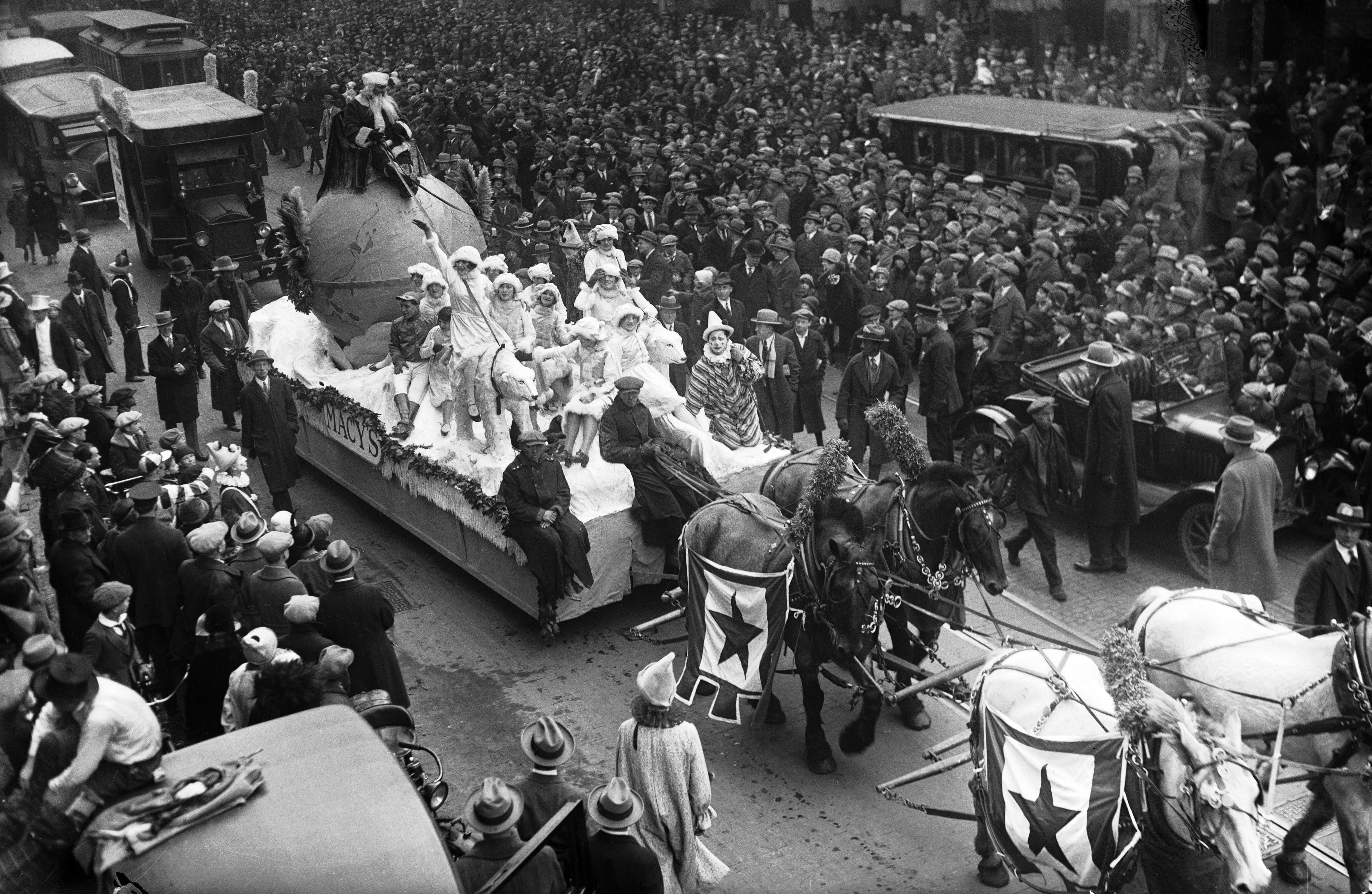The history of Black Friday is a fascinating tale of economic shifts, retail trends, and changing consumer behavior. What began as a term used to describe the chaotic aftermath of Thanksgiving has transformed into a massive global shopping event that drives billions in sales every year. Though the shopping frenzy now extends beyond a single day, with Black Friday sales often lasting for weeks, the essence of the event remains unchanged—offering big discounts that lure shoppers into stores and onto websites in search of the best deals.
As retail practices continue to evolve and consumers become more conscious of their shopping habits, it remains to be seen how Black Friday will adapt in the years to come. Regardless of its shape or form, however, one thing is clear: Black Friday is now firmly entrenched in the global retail calendar, marking a pivotal moment in the holiday shopping season.
What’s the Real History of Black Friday?
The first recorded use of the term “Black Friday” was applied not to post-Thanksgiving holiday shopping but to financial crisis: specifically, the crash of the U.S. gold market on September 24, 1869. Two notoriously ruthless Wall Street financiers, Jay Gould and Jim Fisk, worked together to buy up as much as they could of the nation’s gold, hoping to drive the price sky-high and sell it for astonishing profits. On that Friday in September, the conspiracy finally unraveled, sending the stock market into free-fall and bankrupting everyone from Wall Street barons to farmers.
The most commonly repeated story behind the Thanksgiving shopping-related Black Friday tradition links it to retailers. As the story goes, after an entire year of operating at a loss (“in the red”) stores would supposedly earn a profit (“went into the black”) on the day after Thanksgiving, because holiday shoppers blew so much money on discounted merchandise. Though it’s true that retail companies used to record losses in red and profits in black when doing their accounting, this version of Black Friday’s origin is the officially sanctioned—but inaccurate—story behind the tradition.
In recent years, another myth has surfaced that gives a particularly ugly twist to the tradition, claiming that back in the 1800s Southern plantation owners could buy enslaved workers at a discount on the day after Thanksgiving. Though this version of Black Friday’s roots has understandably led some to call for a boycott of the retail holiday, it has no basis in fact.
The real history behind Black Friday, however, is not as sunny as retailers might have you believe. Back in the 1950s, police in the city of Philadelphia used the term to describe the chaos that ensued on the day after Thanksgiving, when hordes of suburban shoppers and tourists flooded into the city in advance of the big Army-Navy football game held on that Saturday every year. Not only were Philly cops not able to take the day off, but they had to work extra-long shifts dealing with the additional crowds and traffic. Shoplifters also took advantage of the bedlam in stores and made off with merchandise, adding to the law enforcement headache.
What did they eat at the first Thanksgiving? Which president made Thanksgiving a federal holiday? Get Thanksgiving trivia to share around the table.
Explore more about one of the 19th century’s most infamous financial scandals.
Black Friday has not always been about crowds shopping for sales at obscenely early hours the day after Thanksgiving.
By 1961, “Black Friday” had caught on in Philadelphia, to the extent that the city’s merchants and boosters tried unsuccessfully to change it to “Big Friday” in order to remove the negative connotations. The term didn’t spread to the rest of the country until much later, however, and as recently as 1985 it wasn’t in common use nationwide. Sometime in the late 1980s, however, retailers found a way to reinvent Black Friday and turn it into something that reflected positively, rather than negatively, on them and their customers. The result was the “red to black” concept of the holiday mentioned earlier, and the notion that the day after Thanksgiving marked the occasion when America’s stores finally turned a profit.
The Black Friday story stuck, and pretty soon the term’s darker roots in Philadelphia were largely forgotten. Since then, the one-day sales bonanza has morphed into a four-day event, and spawned other “retail holidays” such as Small Business Saturday/Sunday and Cyber Monday. Stores started opening earlier and earlier on that Friday, and now the most dedicated shoppers can head out right after their Thanksgiving meal.
Discover more from ReviewFitHealth.com
Subscribe to get the latest posts sent to your email.


